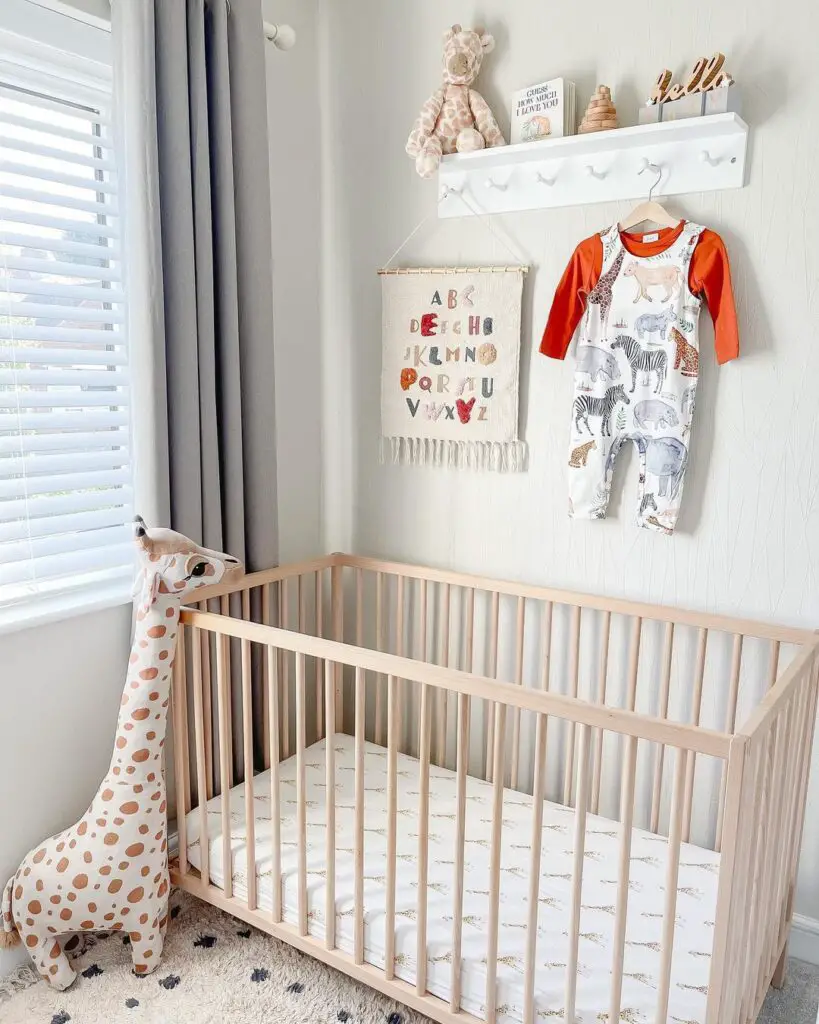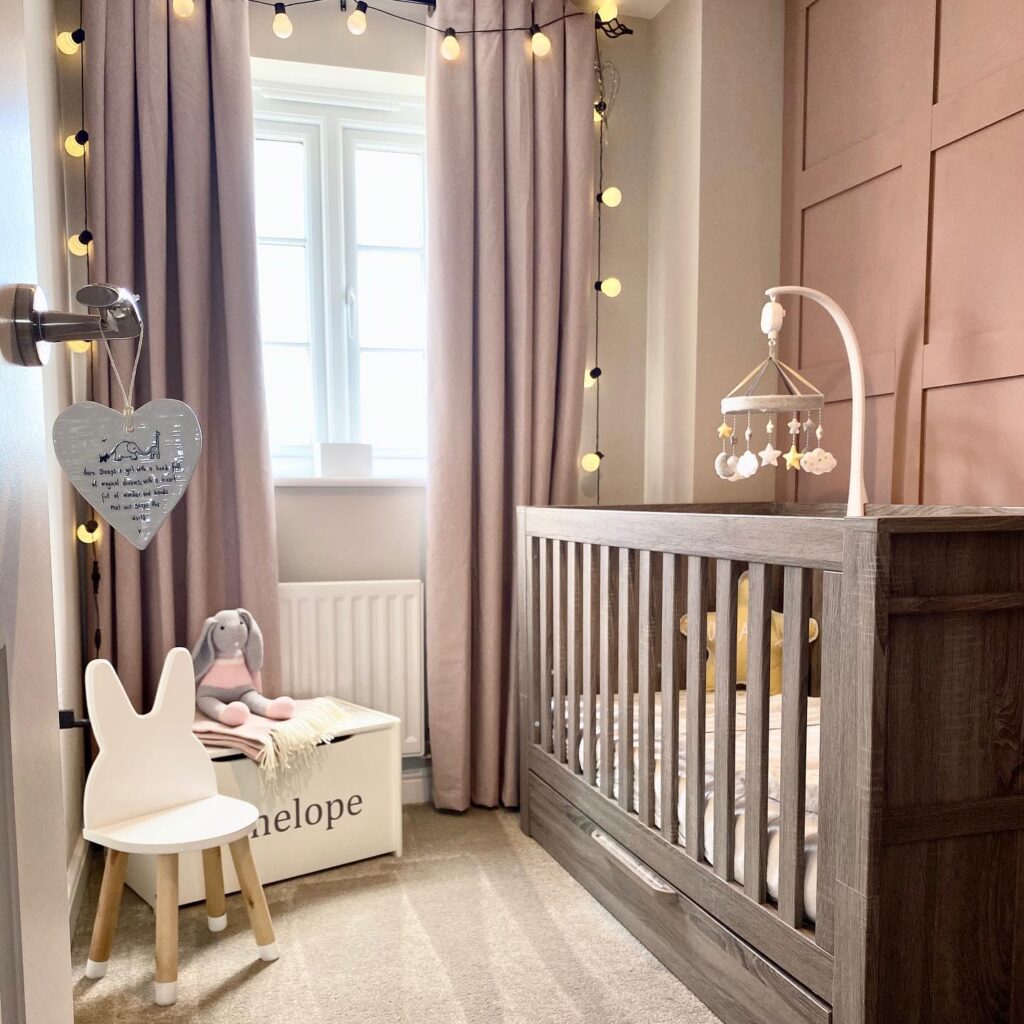
Introduction
Welcoming a new baby into your life is an exciting and joyous occasion. As you prepare for your little one’s arrival, one of the most important tasks is creating a small nursery layout that is both cozy and functional. Your baby’s nursery should be a safe and comforting space where they can rest, play, and grow. In this article, we will explore various tips and ideas for designing a small nursery layout that maximizes space without compromising on style or functionality. So let’s dive in and create a beautiful haven for your little bundle of joy!
Small Nursery Layout: Creating a Cozy and Functional Space for Your Little One
Creating a small nursery layout can be a challenge, but with careful planning and creativity, you can design a space that meets all your baby’s needs. Here are some key considerations to keep in mind:
1. Assessing the Available Space
Before you start designing the nursery, it’s essential to assess the available space. Measure the dimensions of the room and take note of any architectural features such as windows, doors, or built-in closets. This information will help you determine the best placement for furniture and other nursery essentials.
2. Choosing the Right Colors
Colors play a crucial role in setting the tone and atmosphere of a room. When it comes to a small nursery, opting for light, neutral colors can create an illusion of a larger space. Soft pastels, such as pale blues, pinks, or greens, can create a soothing environment. Consider using an accent wall or adding pops of color through accessories and artwork.
3. Selecting Space-Saving Furniture
In a small nursery, space-saving furniture is your best friend. Look for multi-functional pieces that serve more than one purpose. For example, a crib with built-in storage drawers or a changing table that doubles as a dresser can help maximize storage space. Wall-mounted shelves and collapsible furniture are also excellent choices to save space.
4. Prioritizing Essential Items
When space is limited, it’s crucial to prioritize essential items. Identify the must-haves for your baby’s nursery, such as a crib, changing table, and storage for diapers and clothes. Once you have the essentials in place, you can add optional items like a glider or a bookshelf, depending on the available space.
5. Organizing Storage Solutions
Efficient storage solutions are vital in a small nursery. Opt for vertical storage options like tall bookshelves or wall-mounted organizers to make the most of the available space. Use labeled baskets or bins to keep baby essentials organized and easily accessible. Maximize closet space by installing additional shelving or hanging organizers.
6. Lighting and Window Treatments
Proper lighting is essential in a nursery. Natural light is best, so consider using sheer or light-blocking curtains to control the amount of light entering the room. Add a dimmer switch or use soft, ambient lighting to create a calming environment for bedtime routines. Don’t forget to install adequate task lighting near the changing area.
7. Creating a Cozy Reading Nook
A cozy reading nook is a wonderful addition to any nursery. Designate a small corner with a comfortable chair or rocking chair where you can snuggle up with your little one and enjoy storytime. Add a bookshelf or floating shelves to store books within easy reach. Soft pillows and blankets will make the reading nook even cozier.
8. Wall Decor and Artwork
Decorating the nursery walls adds a personal touch to the space. Hang artwork, family photos, or prints that reflect your style and create a welcoming atmosphere. Consider using removable wall decals or stickers that are easy to apply and remove, allowing you to change the design as your child grows.
9. Incorporating Sensory Elements
Sensory elements can enhance your baby’s development and create a stimulating environment. Hang a mobile above the crib or incorporate a musical toy. Use different textures, such as soft rugs or textured wallpaper, to add sensory interest to the nursery. A small mirror at floor level can provide entertainment and aid in your baby’s self-discovery.
10. Safety First
Safety should always be a top priority when designing a nursery. Ensure that all furniture is securely anchored to the walls to prevent tipping. Use cordless window treatments to eliminate any potential hazards. Keep small items, such as toys or accessories, out of reach and ensure that electrical outlets are covered.

FAQs about Small Nursery Layout: Creating a Cozy and Functional Space for Your Little One
Q1. How do I make a small nursery layout feel spacious?
To make a small nursery layout feel more spacious, opt for light, neutral colors and use mirrors to create the illusion of depth. Choose furniture with a small footprint and consider vertical storage options to maximize space.
Q2. What are some space-saving furniture options for a small nursery?
There are several space-saving furniture options for a small nursery, including cribs with built-in storage, changing tables that double as dressers, and collapsible furniture such as folding cribs or changing stations.
Q3. How can I maximize storage in a small nursery?
To maximize storage in a small nursery, use vertical storage options like tall bookshelves or wall-mounted organizers. Utilize closet space by adding additional shelving or hanging organizers, and use labeled baskets or bins to keep items organized.
Q4. How important is lighting in a nursery?
Lighting is essential in a nursery for both functionality and creating a soothing atmosphere. Natural light is ideal, so consider using sheer or light-blocking curtains. Add task lighting near the changing area and use soft, ambient lighting for bedtime routines.
Q5. What are some ways to incorporate sensory elements in a nursery?
To incorporate sensory elements in a nursery, hang a mobile above the crib, use different textures in the decor, and include toys or items with varying sounds or music. Mirrors at floor level can also provide visual stimulation for your baby.
Q6. How can I ensure the safety of my baby in the nursery?
To ensure the safety of your baby in the nursery, anchor furniture securely to the walls, use cordless window treatments, and keep small items out of reach. Additionally, cover electrical outlets and ensure that the room is free from any potential hazards.
Conclusion
Designing a small nursery layout that is cozy and functional is not an impossible task. With careful planning and creativity, you can create a space that meets all your baby’s needs while maximizing the available space. Remember to prioritize essential items, incorporate storage solutions, and create a soothing atmosphere with the right colors and lighting. By following these tips and ideas, you’ll be well on your way to creating a beautiful and inviting nursery for your little one to grow and thrive in.


